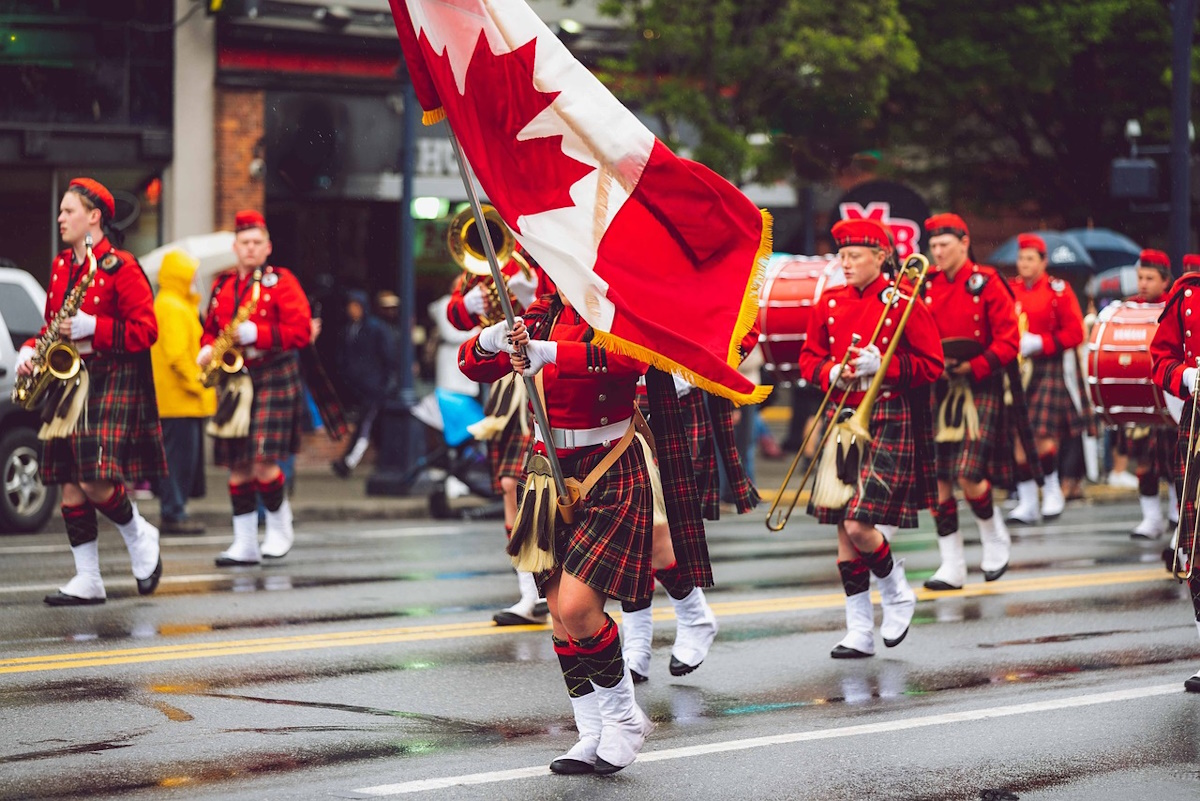The Canadian flag, often affectionately called the Maple Leaf, is an emblem instantly recognizable around the globe. With its bold red and white colors and striking maple leaf, the flag embodies Canada’s national identity, history, and values. Adopted on February 15, 1965, it has become a cherished symbol that resonates with Canadians from coast to coast to coast.
History and Evolution
Canada’s path to its current flag was a long and winding one. Before 1965, the country flew various flags, including the British Union Jack and the Canadian Red Ensign (which featured the Union Jack in the canton and the Canadian coat of arms on a red field). The desire for a distinctive national flag grew stronger throughout the 20th century, culminating in a heated national debate in the 1960s.
After extensive discussion and numerous proposals, the current design by George F. G. Stanley emerged as the victor. It was officially proclaimed by Queen Elizabeth II on January 28, 1965, and first raised on Parliament Hill on February 15th, a date now celebrated annually as National Flag of Canada Day.

Design and Symbolism
The flag’s simple yet powerful design is rich in meaning:
-
Colors: The red side panels represent the sacrifice made by Canadian soldiers during World War I, while the white center symbolizes peace, tranquility, and neutrality. The colors also pay tribute to Canada’s historical ties to both France (white) and Britain (red).
-
Maple Leaf: The stylized, 11-pointed red maple leaf at the center is Canada’s national symbol. It represents unity, tolerance, and the natural beauty of the country’s vast landscapes. The maple leaf has a long history in Canadian symbolism, appearing on coats of arms, military badges, and even currency.
Beyond the Surface: Interesting Facts
The Canadian flag has a unique character that goes beyond its design:
- Golden Ratio: The flag’s proportions (2:1) adhere to the aesthetically pleasing golden ratio, found throughout nature and art.
- Wind Tunnel Tested: To ensure the maple leaf would unfurl gracefully in various weather conditions, the flag’s design was rigorously tested in a wind tunnel.
- “The Great Canadian Flag Debate”: The process of choosing a new flag was so intense that it became known as the “Great Canadian Flag Debate,” revealing the passion Canadians feel for their national symbols.
A Symbol of Unity and Pride
Today, the Canadian flag is flown proudly by individuals, businesses, and government institutions across the country. It serves as a unifying force, representing the shared values and diverse cultures that make Canada unique. The flag is also a common sight at international events, symbolizing Canada’s commitment to peace, diplomacy, and global cooperation.
The Maple Leaf has transcended its original purpose as a national emblem. It has become a powerful symbol of identity, a reminder of Canada’s rich history, and a beacon of hope for the future. Whether flown high on a flagpole or worn as a pin on a lapel, the Canadian flag serves as a constant reminder of the nation’s unwavering spirit and the values it holds dear.
